The promises of automated marketing are big: more leads, more conversions, more sales … less work.
But here is the problem: marketing automation can be overwhelming – especially for those of us who lack the technical expertise or don’t have room in their budget for a dedicated team.
That’s why — to help you identify the most valuable elements of your marketing to automate — I’ve put together this simple, 6-step process along with 18 tools and resources to get you started:
Set Clear Goals
- Audit Your Existing Content
- Select the Necessary Tools
- Create Content that Matters
- Promote, Distribute & Syndicate
- Test and Pivot
Step 1: Set Clear Goals
Setting arbitrary goals based on raw numbers like traffic, click-throughs, retweets, and likes isn’t a great strategy. Actually, it’s no strategy. Ironically, vanity metrics, while giving you “a brief, warm-and-fuzzy feeling” — can distract you from the metrics that really matter.
Instead, your goals must be informed decisions made by assessing the performance of your current marketing strategies in both converting and retaining customers. These goals will then help you identify the specific metrics you need to track.
Some examples of specific goals you should be setting are:
- Get 15% more positive brand mentions on Twitter in March (brand awareness)
- Respond to all Facebook queries in 60 minute or less (customer service)
- Convert 30% of first-time mailing list buyers in the last month to repeat buyers in 6 months (revenue)
- Get 100 first-time buyers from Pinterest within 12 weeks (revenue)
- Upsell 30 Premium Packages to existing customers via targeted discounts in the next 3 months (customer lifetime value)
- Once you’ve set your goals, it is crucial to create a simple process that keeps those metrics in front of you. Moreover, the goals you set must drive action; they should inform your decision-making and shape the rest of your marketing automation efforts.
Once you’ve set your goals, it is crucial to create a simple process that keeps those metrics in front of you. Moreover, the goals you set must drive action; they should inform your decision making and shape the rest of your marketing automation efforts.
Tools & Resources:
1. Cyfe
Keeping track of all your analytics can be frustrating, especially if you need to merge onsite data with offsite elements like inventory, pricing, and sales. Cyfe remedies this by providing an all-in-one dashboard to track everything from social media mentions to email engagement, to lead generation, to project management to SEO.
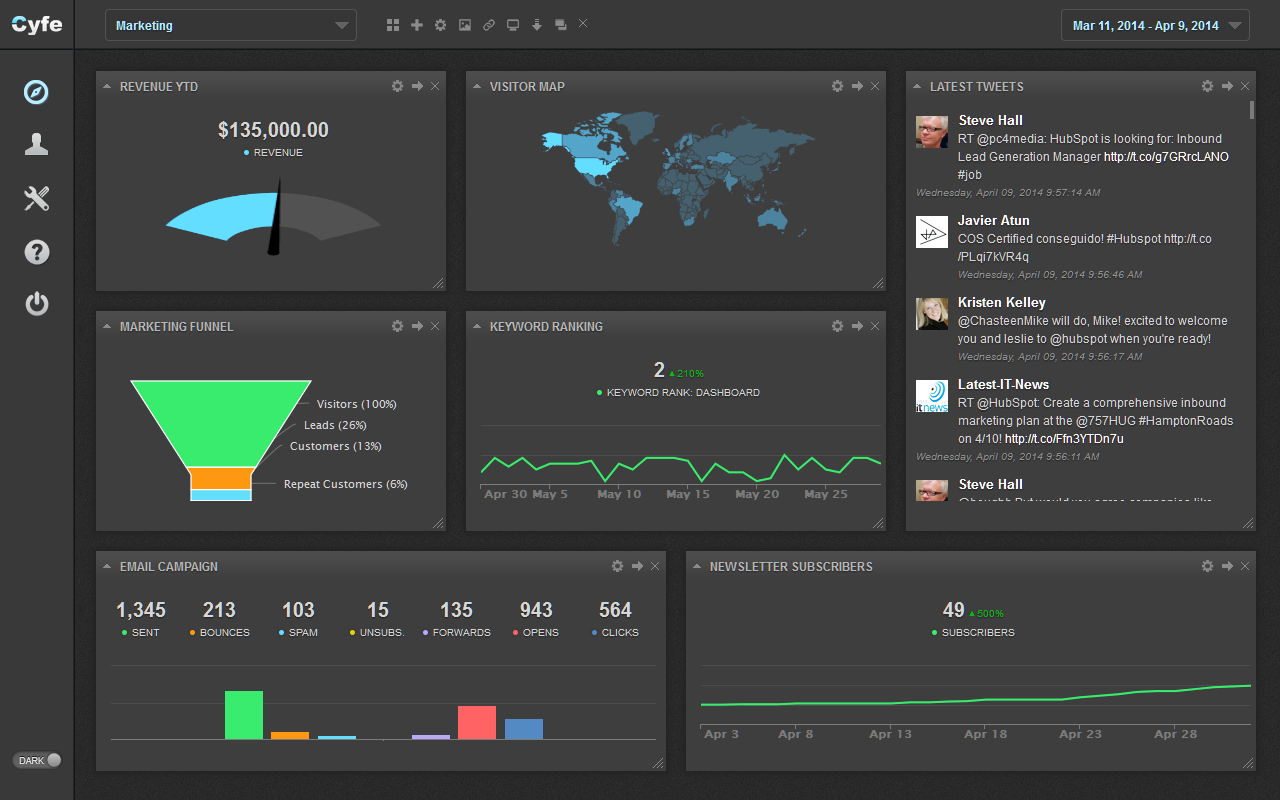
If you’re looking for a simpler setup and only need to focus on onsite data, then Google Goals – and the funnel visuals they create – are easily the most insightful and underutilized feature Google Analytics includes.
Goals, just like the name implies, allows you define specific action(s) on your site – like form completion, time-on-page, pages-per-session, and “events” (i.e., social shares, video plays, add to carts, etc.) — and track the number of actions or conversions.
Goals are granular and enable you to drill deep on specific pages as well as user flows to determine not only what’s working, but also where the choke points are in your online funnel.
3. SumAll
If you don’t know how your content is performing now, or how it’s performed in the past, it’s hard to set goals for the future. It will be next to impossible to track your metrics accordingly. This is especially key in the next step: performing a content audit. SumAll pulls in data from numerous online sources — primarily social engagement and shares — to give you a birds-eye view of your highest performing content in easy-to-understand graphs and lists.
Step 2: Audit Your Existing Content
Once you’ve established clear goals and set up your analytics, it’s time to take stock of what you already have and ask two important questions. First, how is my existing content performing? And second, what’s missing?
In order to move forward with automation, you must firmly establish where you stand … right now.
This is what’s known as a content audit.
This high-level quantitative view of your content enables you to determine which specific pages on your site are working the best. In other words, which pages are moving you closer to your goals.
The audit is an essential step taken by experts. And one often neglected by those of us claiming to “not have enough time.”
To execute it well, you must be clear on business objectives, buyer personas and the journey users take from awareness to purchase to advocacy.
At the end of the day, as Copyblogger explains, your content audit – just like your analytics – should provide actionable steps and a clear path forward.
Performing an audit will enable you to (again) find your best performing content and repurpose it through automation into SlideShares, email drip campaigns, or lead magnets like guides and white papers.
Alongside your top-performing pages, look for the holes – stages in your user journey where you don’t have sufficient content – and fill them.
Tools & Resources:
4. ScreamingFrog SEO Spider Tool
A small desktop program that spiders a website’s links, images, CSS, scripts, and apps from an SEO perspective. Great for analyzing medium to large sites. SF is an essential tool for any website audit and is the baseline for any website audit.
5. URL Profiler Content Audits
Assesses content for page speed, mobile-friendliness, social shares, readability, and several other factors and presents them in an easy-to-read spreadsheet. This tool makes it easy to not only discover what’s working and what’s not but to share that information with internal team members or clients.
6. MarketMuse
A great tool for semantic analysis, content planning and content auditing for websites. MarketMuse crawls and scans your website to what your content is missing. The tool uses an algorithm that can grade your content and measure it against websites that outrank you and suggest technical improvements. The end result is better content, better chance to rank and better conversions.
Step 3: Select the Necessary Tools
Based on your goals and audit, you can now see which parts of your sales funnel will benefit most from automation.
There are many automation tools out there; a good rule of thumb is to avoid solutions that try to “do it all.” Instead, opt for software that aligns directly with your goals.
You can get a good start by seeing where others are headed for their marketing automation solutions. Capterra provides an excellent filterable directory of the marketing automation software available with details on pricing, features, and reviews. This is a great place to narrow down your options.
Because this is a “getting started” guide, here are three top picks for the most necessary tools.
Tools & Resources:
7. Oktopost
Several top-notch tools exist for social media automation, most notably Buffer and Hootsuite. Oktopost, however, is one of the few tools designed specifically for B2B social-media automation.
This tool allows users to schedule posts in advance for multiple channels. Moreover, Oktopost enables you to create campaign-specific dashboards and track your conversion analytics through each stage of the funnel. The benefit is being able to quantify or show you how your social media efforts translate into ROI or the lack of it.
8. TrenDemon
For content-heavy sites, TrenDemon automates the question, “What’s next?” By identifying your site’s most profitable buyer pathways — from blog posts and landing pages to product-description-pages and subscription signups – TrenDemon creates custom CTAs based on each user’s real-time activity. In turn, this leads to a lower bounce rate and higher conversions.
9. GetResponse
Email marketing is one of the leading marketing strategies to realize ROI and so, automating your email campaigns is crucial. GetResponse’s automation features provide you with numerous possibilities. The best feature is the ability to send triggered messages based on actions your subscribers perform.
For example, you can trigger an email to be sent 3 weeks after an initial purchase, asking customers for feedback on their order and introducing them to similar products, or you send an email for birthdays and other special dates.
Step 4: Create Content that Matters
You have brilliant ideas for content. That’s great. But it won’t mean much if no one’s reading it.
With so many choices and limited attention spans online, you need to craft content, and particularly headlines, that your audience actually wants to read.
To create content that matters start with what’s already working. In other words, reverse engineer your content based on the popularity of others’. That’s where automation comes in.
Instead of starting from scratch and spending hours brainstorming what people are likely to be interested in, find out what’s trending and popular online, and create your own version.
You may be asking: Isn’t that stealing? Not if you make it better…
If someone makes a list, make a longer or more in-depth list. If someone writes a brief introduction to a topic, write a full guide. Be generous with useful tools and resources from others, and notify the owners when they’ve been included.
Now, these following tools will jumpstart your content creation to infinity:
Tools & Resources:
10. MyBlogU
This is the perfect place to brainstorm and crowdsource your content ideas and get exposed to others. MyBlogU offers the chance to interact and collaborate with savvy bloggers and experienced webmasters to create great content and also to promote it and get cited. The point here is to automate a feedback process that’s external to your business.
11. Buzzsumo
This tool allows you to analyze what content performs best for any topic or competitor. Use it to research your keywords and see what articles are getting the most shares on social media. The paid version has even more useful features like viewing what other sites link to the content and alerts. Buzzsumo allows you to reverse-engineer your content by starting with what’s already been proven to work.
12. Medium
Many people know Medium, but fail to realize one of its greatest features – you can interact and share your initial draft or ideas with thousands of other users. Think of a collective mind that edits, brainstorms and strategizes for you…and with you. By enabling the “Share Draft” option, you’re welcoming people to audit and improve your article before you publish.
Step 5: Promote, Distribute & Syndicate
If you build it … they won’t come.
That’s why automating your promotion, distribution, and syndication is essential. Once you’ve created content that matters, you have to publicize it, and the most efficient way to do this is through automation.
There are three types of content distribution tools: owned, earned and paid. You can use all three simultaneously.
Owned tools are those that belong to you: your blog, email list, Twitter account, Facebook page, etc. This is where you should distribute your content first. The audience here expects to see material from you.
But this isn’t nearly enough.
You also have to reach out to a much wider audience. That’s where earned and paid media come in. Earned media, that is, others sharing your content, can come naturally through your immediate audience and readers reposting your content to their social channels. You can help augment this by submitting and promoting that same content-to-content curation and social bookmarking sites.
Social bookmarking sites are a great way to distribute your content and make a story go viral. Once you sign up for an account, simply choose the content you want to amplify and submit as a new entry. From there, your content can be discovered by anyone who uses the site and subscribes to that topic.
Tools & Resources:
13. Link Collider
LinkCollider is an online tool that helps to boost your backlinks and keyword rankings through social signals and engagements. The tool is free and aimed at a win-win relationship between webmasters and bloggers that share each other’s content.
14. ViralContentBee
VCB is the perfect place to promote your content. Being a free social media promotion platform, users can either share other people’s content to earn credits or just opt to buy them directly to then use them to promote their own content. These social campaigns will broaden your reach, stir buzz around your content and insert you to a circle of influencers.
15. DripRevolution
DripRevolution is a paid content distribution network that shares your content to multiple social media accounts to bring you traffic and send a signal to search engines that your content is highly relevant. It supports a wide selection of networks including Facebook, Google+, YouTube, Pinterest and more.
Step 6: Test and Pivot
Dan McDade, the President and CEO of PointClear, was spot on when he said, “Automating the right process is smart. Using automation exclusively is not.”
The only way to know which moves you’ve made were effective and which need to be eliminated is to test, test, and test again.
In some cases, you will simply have to adjust your approach. In others, you may have to minimize automation if manual actions are more effective.
The software solutions you employ will allow you access to analytics and data that can show you the success of automation deployment. Instead of rehashing the top testing tools — like Unbounce, Visual Website Optimizer, and Optimizely – here are three go-to resources that dig deeper into the automated marketing world and focus directly on testing.
Tools & Resources:
16. LeadSloth
LeadSloth is the personal blog of Jep Castelein, a principal consultant at Marketo. He is a long-time marketer and thought leader in the area of lead management and marketing automation.
17. Funnelholic
If you’re looking for something a little more irreverent and entertaining, while still being very useful and educational, you should read this blog belonging to Craig Rosenberg, the Chief Analyst at research consulting firm TOPO.
Looking for more marketing tools? Check out this video:
Wrapping It Up
At the end of the day, marketing automation has a growing track record that proves its impact on business returns. It allows you to assess your content in-depth in order to develop processes that lead your prospects straight to your products, with less and less involvement on your part over time.
In addition, it connects actions to outcomes at every level so you can clearly identify areas for improvement.
You can be sure that you will see great results with marketing automation, as long as you are prepared to:
- Set specific, measurable goals and monitor them continuously
- Audit your own content to find what’s working and what’s not
- Select only the tools that are relevant to your business and goals
- Do your research and use it to create content most likely to perform well
- Extend your content reach beyond your own social media accounts, and
- Test everything to make sure your automation process is fully optimized.
About the Author: Nadav is a veteran online marketer and the Founder & CEO of InboundJunction, an Israel-based content marketing company. Nadav helps well-known brands in boosting their online visibility through PR, SEO and Social Media.
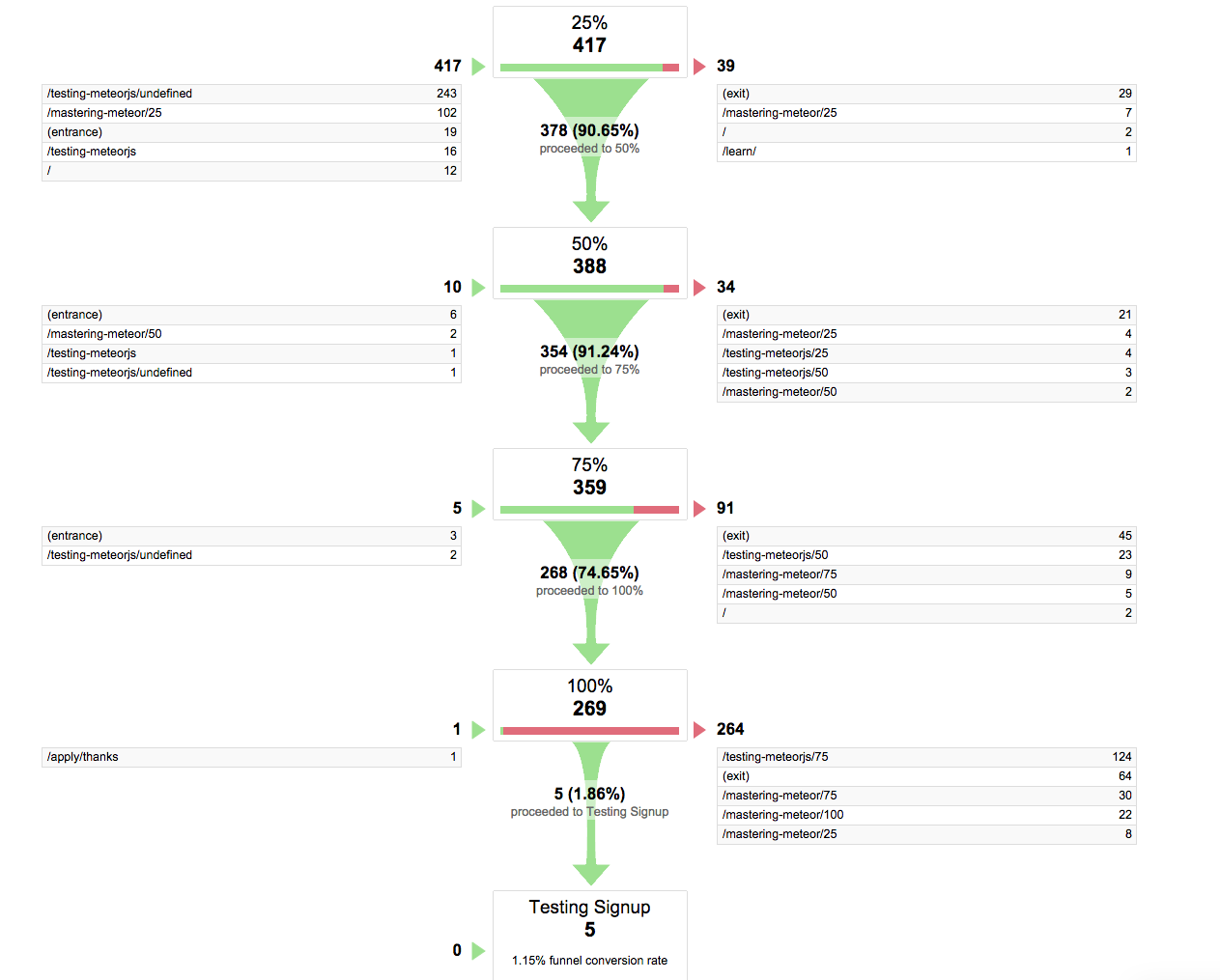
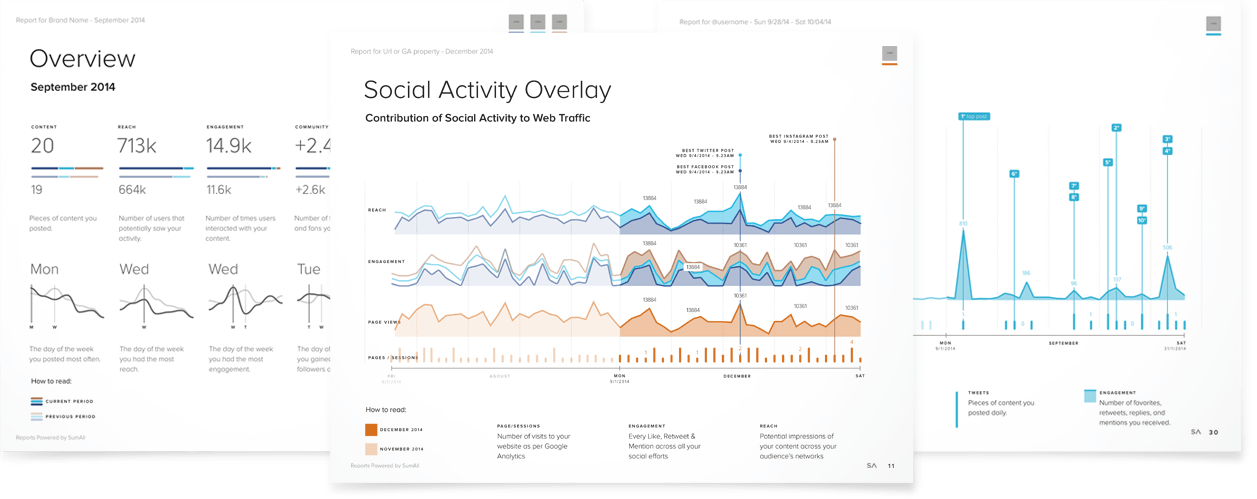
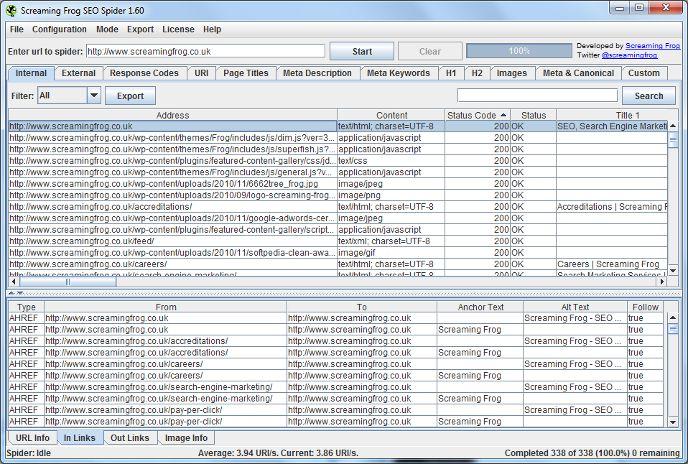
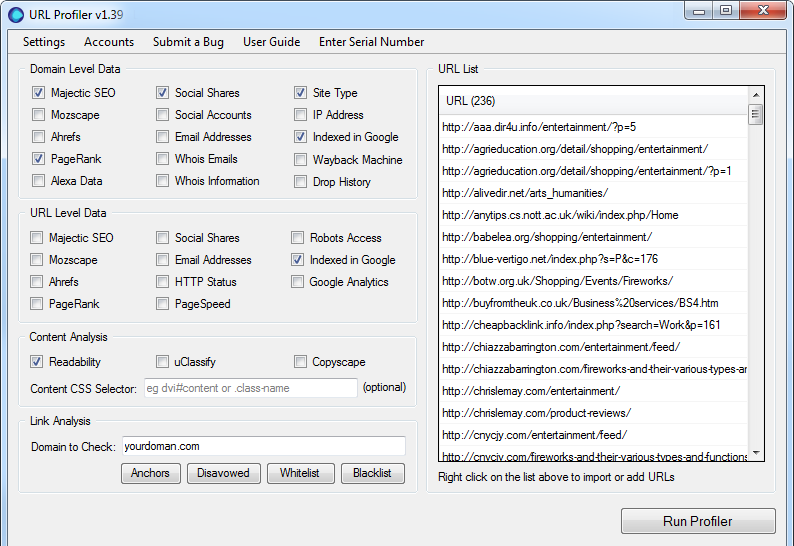
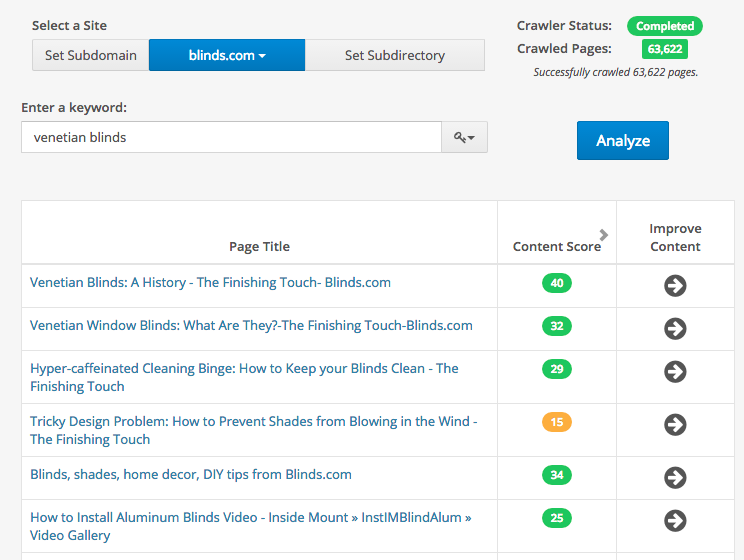
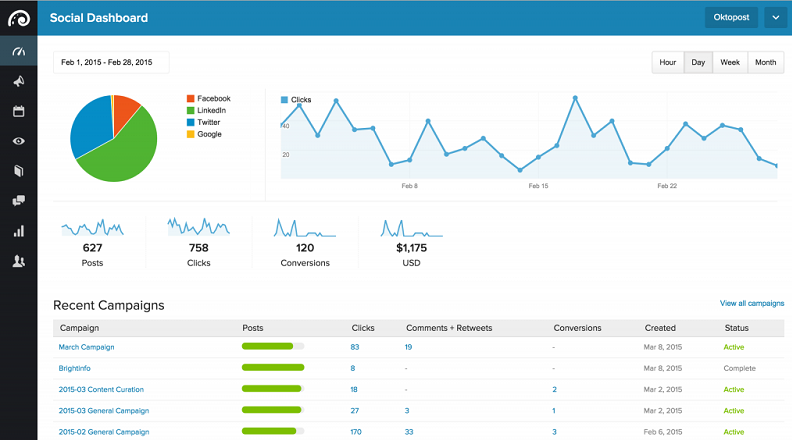
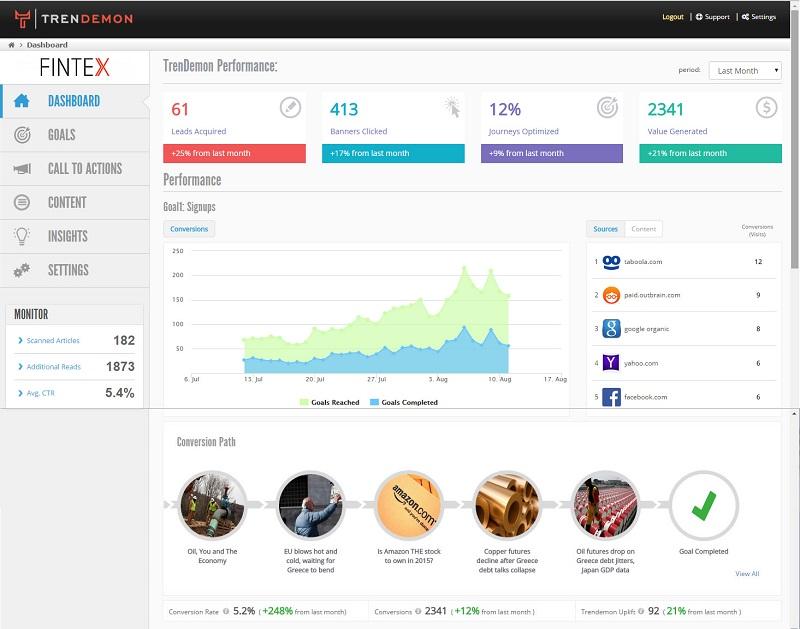
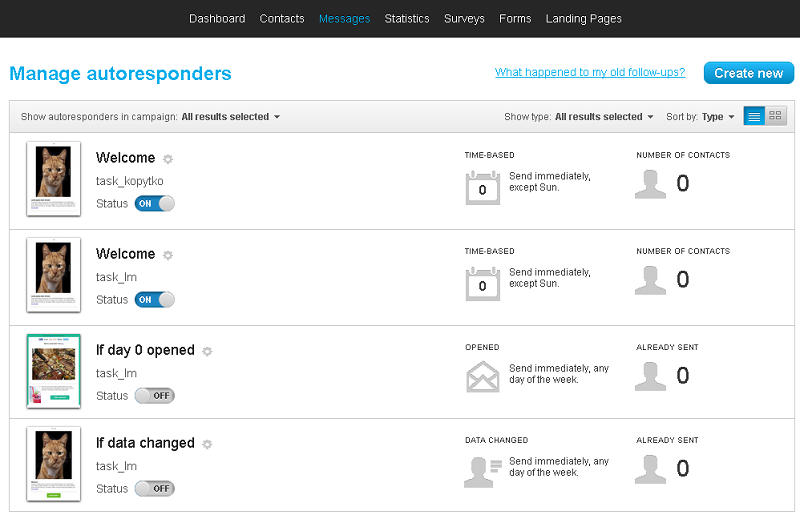
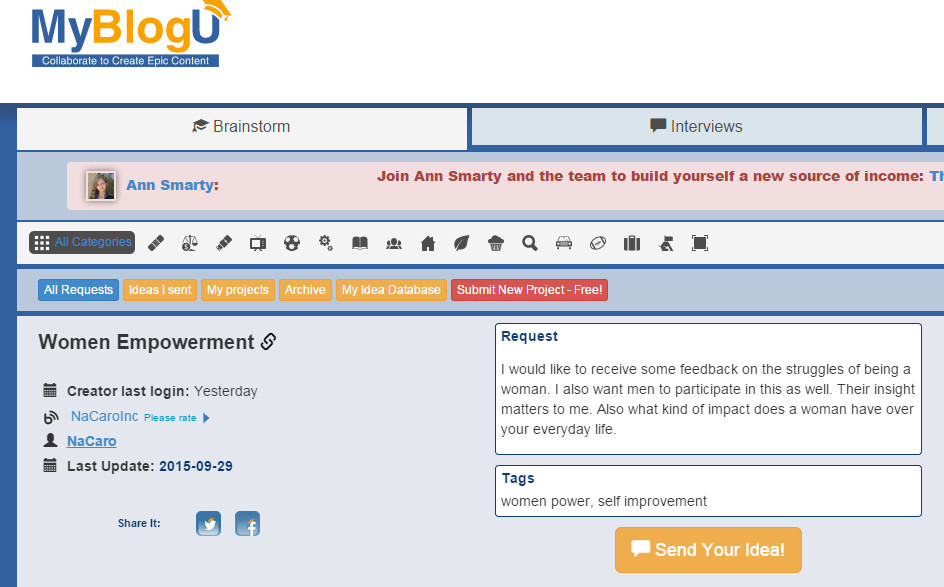
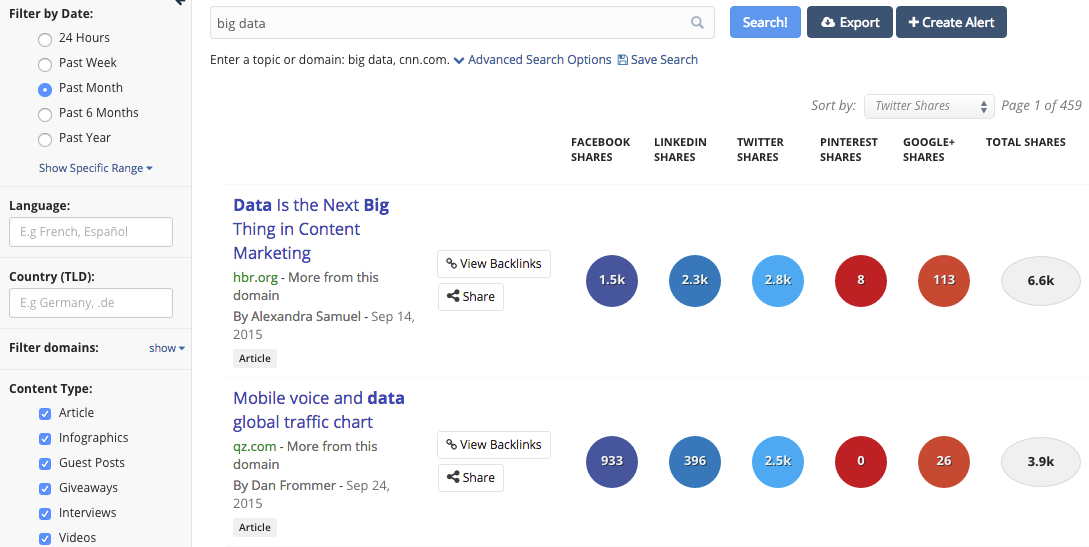

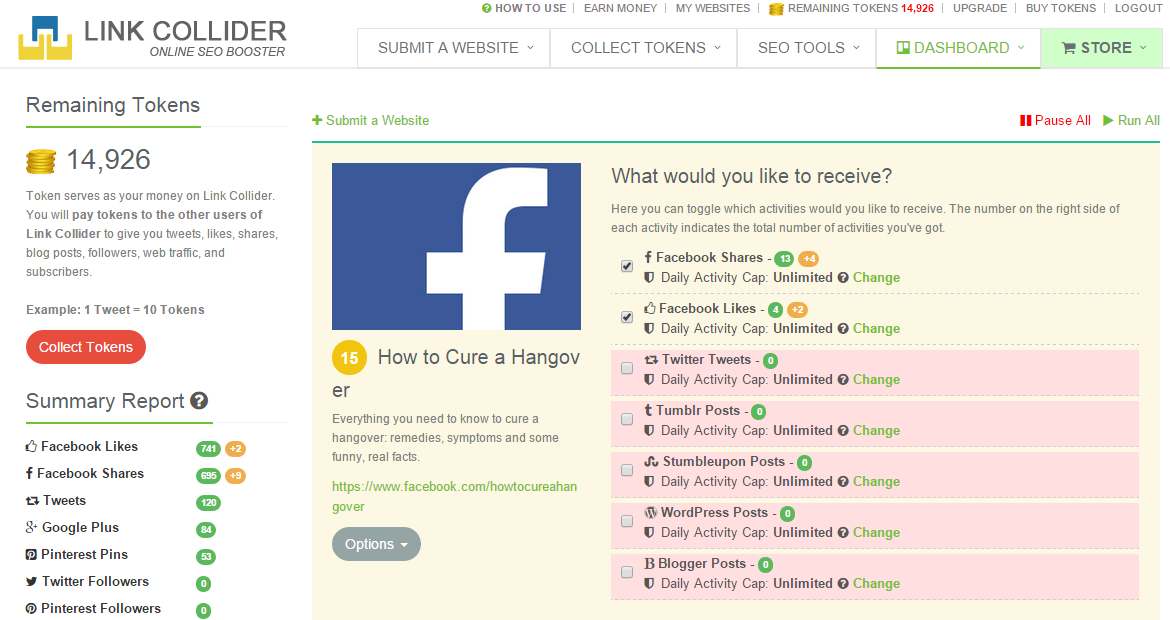
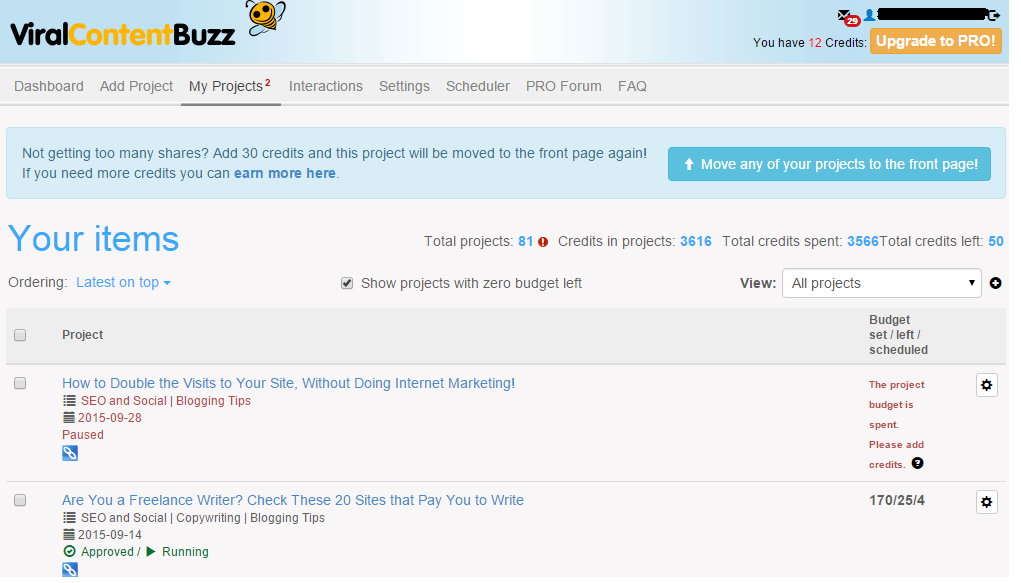
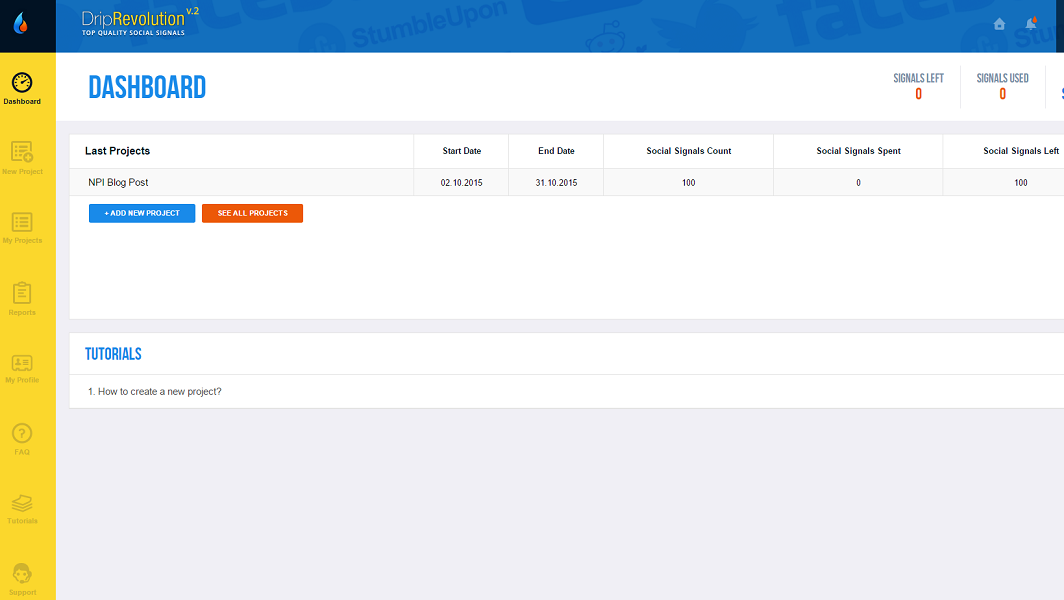
Comments (32)